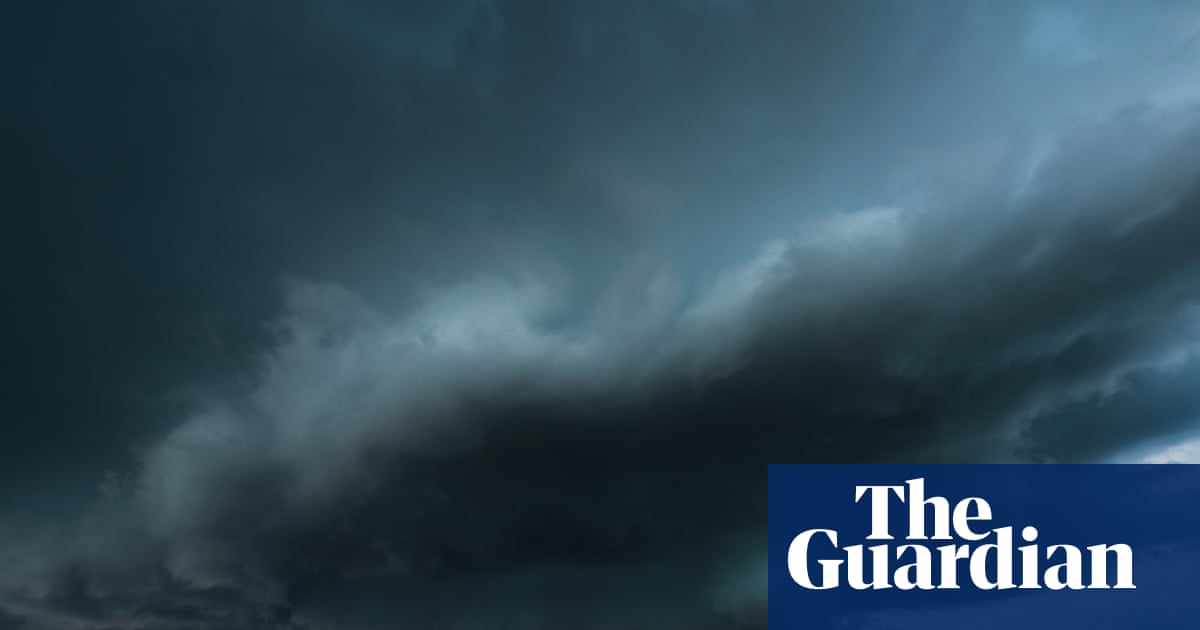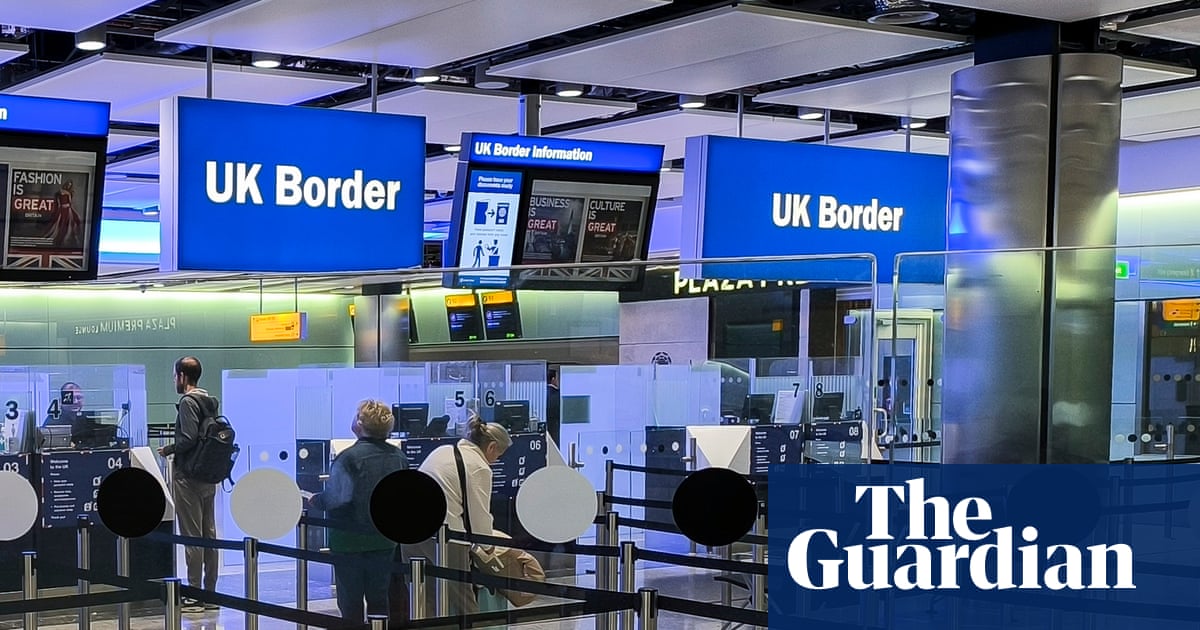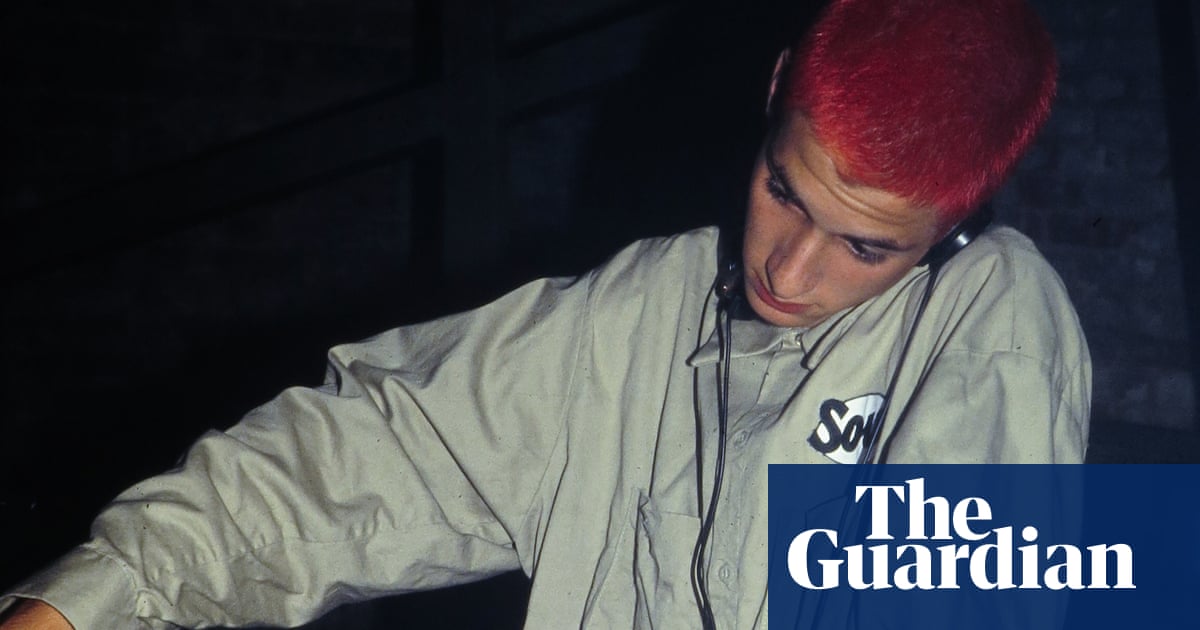Donald Trump is walking a tightrope as he claims that he was fully aware of Israel’s plans to launch massive airstrikes against Iran while continuing to distance the US from those strikes and deny Washington took any active role in the preparations.
The White House’s messaging has shifted quickly from Marco Rubio’s arms-length description of the Israeli attack as a “unilateral action”, to Trump claiming on Friday morning that he was fully in the loop on the operation and that it came at the end of a 60-day ultimatum he had given Iran to “make a deal” on its nuclear programme.
“Today is day 61,” he wrote on Truth Social. “I told [Iran] what to do, but they just couldn’t get there.”
Trump’s framing presents a good cop-bad cop dynamic of his approach with Benjamin Netanyahu, the embattled Israeli leader with whom he has a notoriously combative relationship. The US president has scrambled to now present the Israeli strikes, which he publicly claimed he did not want on Thursday, as a means of continuing his efforts to convince Iran to negotiate.
“They should now come to the table to make a deal before it’s too late,” he said.
But the discordant US response from to the strikes, including Rubio’s Thursday evening statement, a hasty evacuation of some US personnel from the region and ambiguity over whether the US provided intelligence or would actively take part in Israel’s defence from a likely counterattack, has raised questions over whether Israel may have moved ahead of the Trump administration as a way to present Washington with a fait accompli.
“They made a bet on President Trump,” said Elliott Abrams, a former diplomat and senior fellow for Middle Eastern studies at the Council on Foreign Relations, suggesting that Israel had pushed harder for strikes while the Trump administration had sought to maintain a diplomatic route. “The Israelis struck and then today Trump called it ‘excellent’.”
While Israel had clearly given the United States advanced warning of the strike, claims that it was fully coordinated in Israeli state media have been subject to speculation: was Trump actually on board or was he repositioning himself on Friday in order to present the strikes as part of a coherent strategy.
On Thursday, in remarks from the White House’s East Room, Trump said that strikes on Israel could “blow up” his diplomatic efforts to negotiate with the Iranian leadership and said he “didn’t want them going in”. He defended his decision to begin evacuating personnel because a strike “could well happen”.
“The US started evacuating voluntarily non-essential personnel on Wednesday, barely 24 hours ahead of time, not enough time to really get people out of harm’s way,” said Rosemary Kelanic, the Middle East director for Defense Priorities, a thinktank that pushes for a more restrained US foreign policy. “So the question for me is what did the president know and when did he know it?”
On Friday, Trump told the Wall Street Journal that he was not caught unaware by the strike: “Heads-up? It wasn’t a heads-up. It was, we know what’s going on.” And he indicated that he had been apprised of future Israeli plans, writing that the “next already planned attacks” would be “even more brutal”.
Senior Israeli officials also began to brief media that Trump had only pretended to oppose an Israeli attack and that they in fact had a “green light” for the attack. But Kelanic and others noted that Israel may be seeking a means to “entrap” the US into a war.
In either case, it is doubtful that Israel could have prepared the attack in the past week without US knowledge.
Officials at the Defense Intelligence Agency and other intelligence agencies would have seen the preparations for the airstrike – involving more than 200 Israeli fighter jets striking more than 100 targets across Iran – and probably understood that Israel was planning a major attack against Tehran.
Late on Thursday, administration officials told Fox News that the US had replenished missiles for Israel’s Iron Dome anti-air batteries in recent weeks in preparation for an expected counterattack.
And the US in recent weeks had deployed B-52 bombers to its airbase on the remote Indian Ocean island of Diego Garcia, where multiple B-2 bombers have also been stationed since late March. B-2s stationed at the base took part in airstrikes on Houthi rebels in Yemen earlier this year, but the base would also serve as a launching point for airstrikes against Iran if the US were to join the conflict.
But there are other explanations for the resupply of anti-air missiles to Iron Dome, particularly following the unprecedented barrage of ballistic missiles launched by Iran against Israel last year.
And the US could have employed those B-2s and B-52s to strike the Fordow uranium enrichment centre, which is located deep underground and was not apparently struck in Friday morning’s strikes. Still intact, it represents an important element in Iran’s nuclear program that was not eliminated – at least in the first round of the Israeli attacks.

 3 months ago
65
3 months ago
65

















































